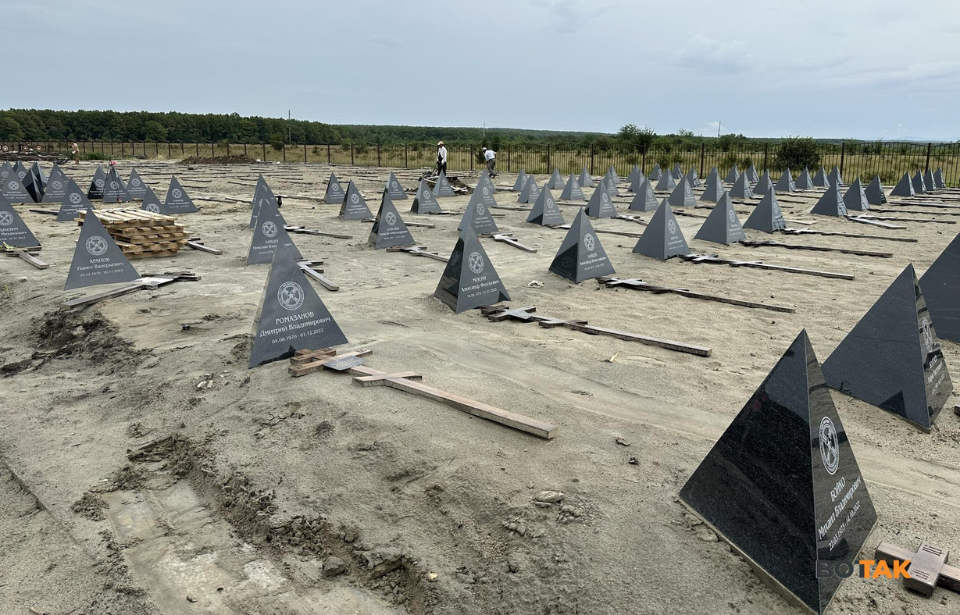In one of the most well-known and largest cemeteries erected for Wagner PMC mercenaries, rows of graves commemorate the deceased. Located on the outskirts of the Russian village of Bakinskaya, Krasnodar Krai, they resemble World War II-era Dragon’s Teeth, and are known as “Surovikin’s Pyramids,” after the former commander of the Russian Armed Forces. While an interesting site, they serve as a visual reminder of the human cost of the Russo-Ukrainian War.
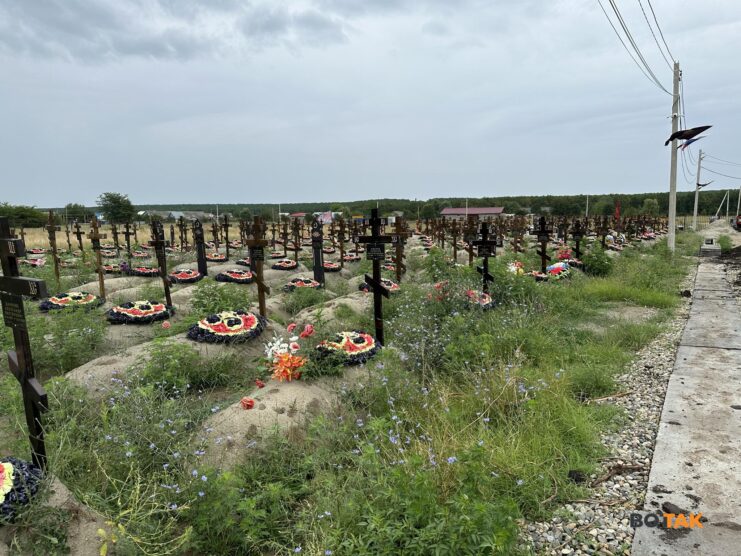
Sergey Surovikin is a Russian Army general who’s served in a number of armed conflicts, including the Soviet-Afghan War, the Second Chechen War, the Syrian Civil War and, most recently, the Russo-Ukrainian War. From October 2022 to January 2023, he held the title of Commander of the Russian Armed Forces, before being replaced by Gen. Valery Gerasimov.
Following the failed Wagner PMC rebellion in June 2023, Surovikin was arrested. Not long after, it was revealed by CNN that the Russian Army general was a member of the mercenary group.
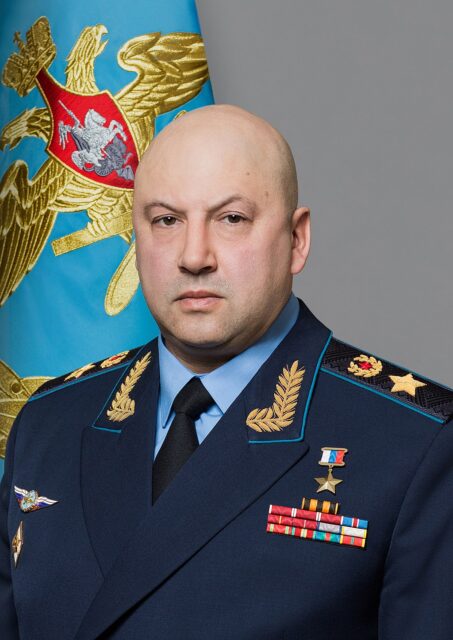
The so-called Surovikin’s Pyramids, outside of Bakinskaya, are unique in that they’re graves presented in the shape of military fortifications, as opposed to wooden crosses or traditional gravestones. According to Reuters, the infamous plot was empty as of summer 2022. However, as the months went on, more and more graves began to pop up, with the site entirely full by January 24, 2023.
The Wagner cemetery featured an estimated 600 graves as of April 2023, according to The Moscow Times. The publication says the majority of the mercenaries buried there were laid to rest without their families knowing of their deaths, with activist Vitaly Votanovksy saying, “In the Bakinskaya cemetery, I discovered that only two out of the 600 soldiers buried there were officially listed as killed. All the others were quietly buried. Nobody knew about them.”
As aforementioned, Surovikin’s Pyramids were erected in the shape of Dragon’s Teeth. They feature the first and surnames, as well as the birth and death dates, of those for whom they’re for. They’d previously been adorned with wreaths that featured the symbol of Wagner PMC, which is led by Yevgeny Prigozhin. However, following the failed June rebellion, they were removed.
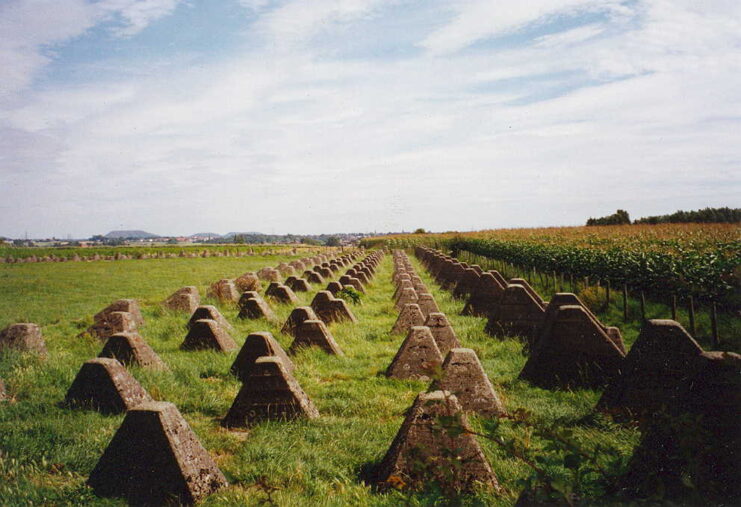
First introduced to the battlefield during WWII, Dragon’s Teeth are anti-tank fortifications made primarily from reinforced concrete and supported by land mines and other defensive measures. They are intended to prevent tanks and other infantry vehicles from progressing along the frontlines, with the aim being to slow them down and leave them open to anti-tank action.
Dragon’s Teeth were primarily used by the Germans along the Atlantic Wall and the Siegfried Line, and many were maintained for use following the Second World War. They’ve seen a resurgence during the ongoing conflict between Russia and Ukraine, with Wagner PMC first erecting new lines in the Belgorod Oblast as a second line of defense.
Several other lines have been constructed by the Russians, and Poland has even begun fortifying its own border with Kaliningrad with the fortifications.
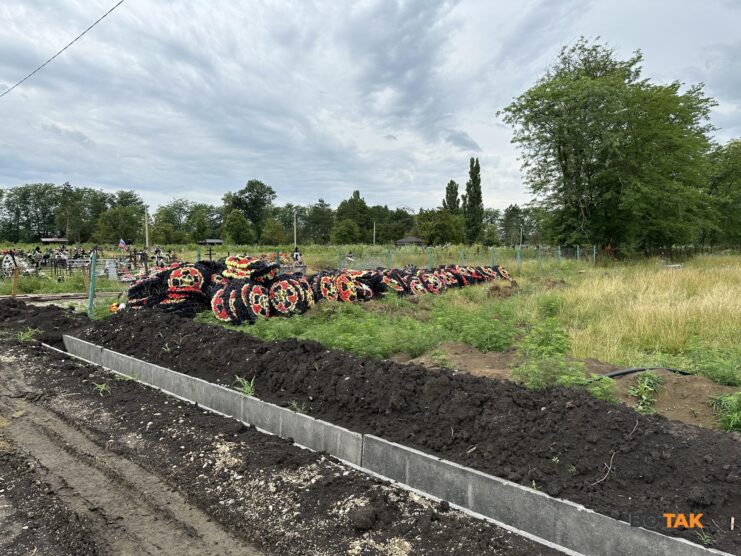
As of April 2023, there were seven known “Wagner Cemeteries” in Russia and occupied Ukraine, with the one in Bakinskaya being the only one known to feature Surovikin’s Pyramids. While the majority of sites have been confirmed by Wagner PMC, others were discovered by local residents and journalists covering the Russo-Ukrainian War.
While concrete figures regarding Wagner PMC’s war losses are currently unavailable, it’s believed thousands of mercenaries have been killed in combat, largely in Bakhmut. In February, the United States said that over 30,000 had been injured or killed. The majority of those fighting for the group are convicts who were promised by Prigozhin a pardon if they served for six months on the frontlines.
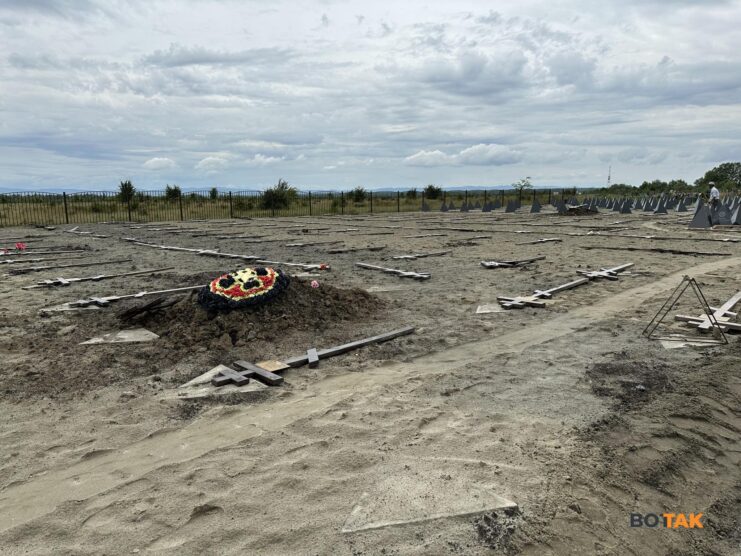
On June 23, 2023, Wagner PMC staged a failed rebellion amid increasing tensions between Prigozhin and the Russian Ministry of Defence. The former accused Defence Minister Sergei Shoigu and Gerasimov for Russia’s military shortcomings in Ukraine, and said the rebellion was in response to an alleged attack on his mercenaries by the ministry.
More from us: World War II-Era Hawker Hurricanes Found Buried In Ukraine
Following the rebellion, Prigozhin was publicly denounced by Russian President Vladimir Putin for treasonous acts. Wagner PMC has also temporarily suspended operations at its recruitment headquarters.
